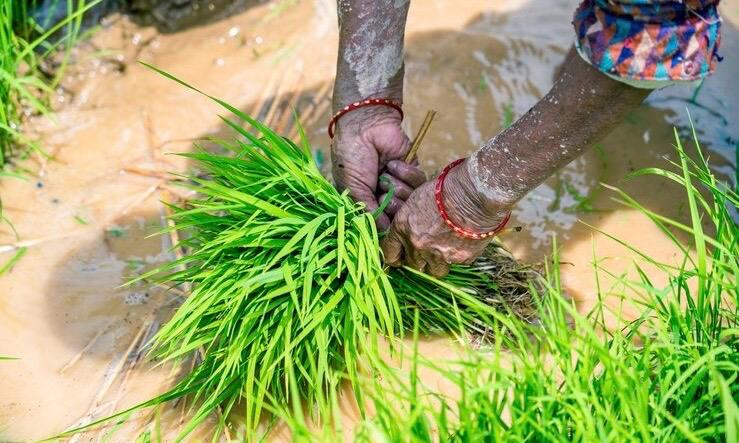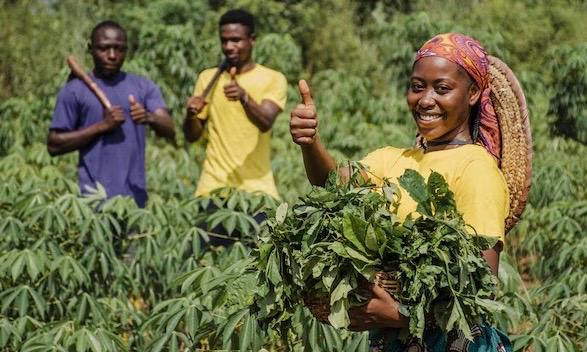Sustainable Rice Cultivation: Boosting Yields Responsibly

Rice is a staple food for billions of people worldwide, but its cultivation poses significant environmental challenges. Sustainable rice cultivation practices aim to balance high yields with environmental conservation, ensuring long-term food security. Here’s how farmers can boost rice yields responsibly:
1. Adopt Alternate Wetting and Drying (AWD)
AWD is a water-saving irrigation technique that reduces water use and methane emissions:
How It Works: Allow the rice field to dry intermittently instead of keeping it continuously flooded.
Benefits: Conserves water, lowers greenhouse gas emissions, and improves root health.
Implementation: Use water depth markers to monitor and control irrigation schedules.
2. Use High-Yield, Resilient Rice Varieties
Select rice varieties tailored to your local conditions to maximize productivity:
Drought-resistant Varieties: Thrive in areas with irregular rainfall.
Disease-resistant Varieties: Reduce the need for chemical inputs.
Short-duration Varieties: Mature faster, allowing for multiple cropping seasons.
3. Optimize Fertilizer Use
Proper nutrient management enhances soil health and boosts rice yields:
Soil Testing: Determine nutrient needs and avoid over-application.
Split Application: Apply fertilizers in stages to match crop growth phases.
Organic Alternatives: Use compost, green manure, or biofertilizers to enrich soil naturally.
4. Implement Integrated Pest Management (IPM)
Control pests and diseases sustainably without harming the environment:
Biological Controls: Introduce beneficial predators and parasitoids.
Cultural Practices: Rotate crops and manage planting schedules to disrupt pest lifecycles.
Eco-friendly Pesticides: Use pesticides as a last resort and opt for biodegradable options.
5. Enhance Soil and Water Management
Healthy soil and efficient water use are crucial for sustainable rice farming:
Laser Land Leveling: Level fields to reduce water wastage and improve irrigation efficiency.
Organic Matter Addition: Use straw or crop residues to boost soil fertility and water retention.
Prevent Runoff: Construct bunds or channels to reduce soil erosion and nutrient loss.
6. Embrace Climate-smart Practices
Adapt to changing climatic conditions to ensure resilience:
Agroforestry: Integrate trees into rice fields for shade and windbreaks.
Crop Diversification: Reduce reliance on a single crop by growing complementary crops.
Early Warning Systems: Use technology to predict weather events and plan accordingly.
7. Promote Community Collaboration
Collaborative efforts can amplify the impact of sustainable practices:
Farmer Groups: Share resources, knowledge, and technology.
Public-Private Partnerships: Work with governments and businesses to access funding and innovations.
Certifications: Pursue sustainable farming certifications like SRP (Sustainable Rice Platform) to access premium markets.
8. Monitor and Evaluate Practices
Continuous improvement ensures the long-term success of sustainable practices:
Data Collection: Track inputs, yields, and environmental impact.
Feedback Loops: Adjust practices based on results and scientific advancements.
Education: Stay informed about new sustainable rice farming techniques.
By adopting these sustainable practices, farmers can produce rice more efficiently while preserving natural resources and reducing environmental impact. This approach ensures food security and fosters a healthier planet for future generations.




